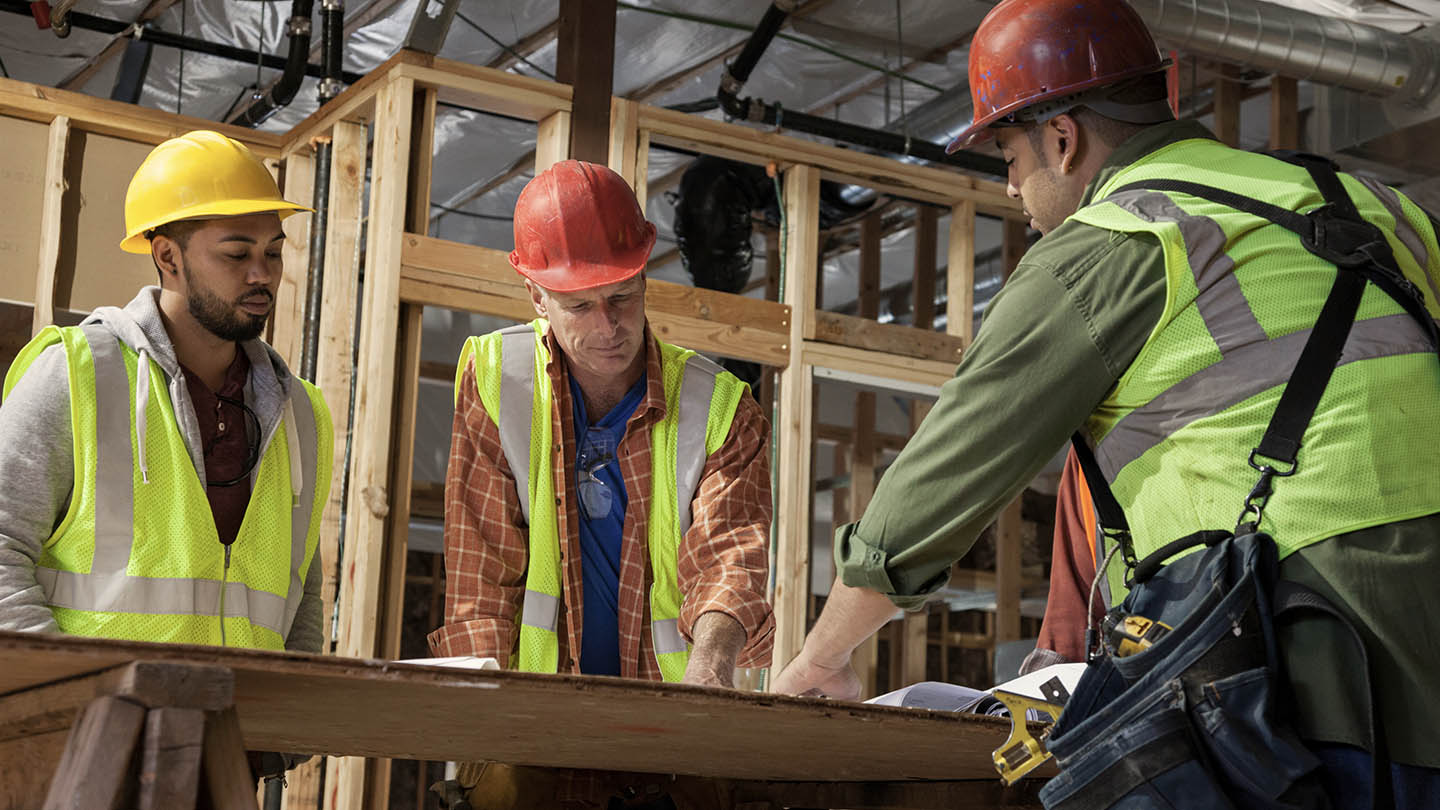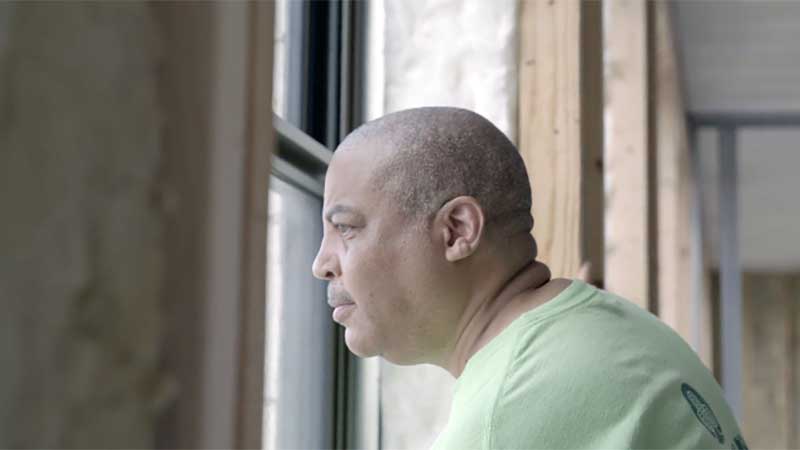Support for our communities
Our Support for Youngstown
Our Support for Brazil
Our Support for Baltimore
Latest stories

Stories
Building Chicago’s Skyline…and Workforce
HIRE360 is upskilling Chicago’s workforce and expanding access to careers across more than 30 construction trades with support from JPMorganChase.
Read more
Policy
Policy Momentum Signals Nationwide Attention to Address Heirs Property
Advancing opportunity through evidence-based policy solutions.
Read more
Stories
A decades-old vacant building is now a vital neighborhood health hub
With support from JPMorganChase, a local developer brings a much-needed healthcare center to Chicago’s Auburn Gresham community.
Read more
Stories
This D.C.-Based Nonprofit is Creating Jobs and Fighting Hunger
DC Central Kitchen is turning the food pantry model on its head by providing culinary training and job opportunities — with support from JPMorganChase.
Read morePress releases
No results found
Adjust your filter selections to find what you’re looking for.
For press inquiries, please see the full list of our media contacts at the link below.